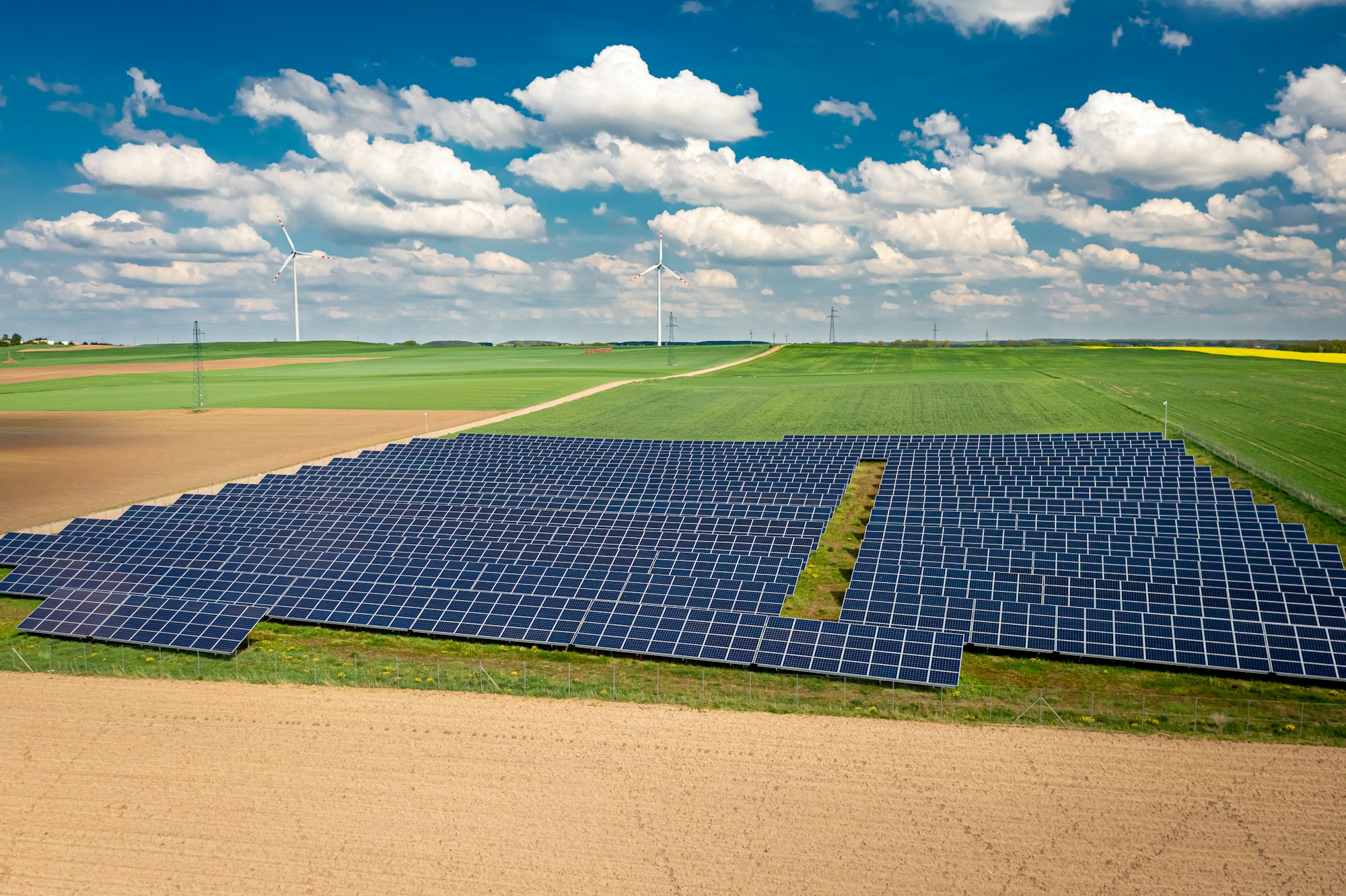As the dawn of the era of sustainable living continues to rise, more and more developments in the real estate sector take a keen interest in integrating energy-efficient systems and designs into their buildings. The focus is on creating environments that are both economically and environmentally sustainable. These are commonly referred to as zero-energy buildings. This article seeks to delve into the various strategies for creating such energy-efficient real estate developments through sustainable design and technology.
The Concept of Zero-Energy Buildings
Before we delve into the strategies, let’s first understand the concept of zero-energy buildings. A zero-energy building, or net zero energy building, refers to a building that has a net energy consumption of zero over a typical year. In other words, the total amount of energy used by the building is equal to the amount of renewable energy created on-site. This is achieved through a combination of energy-efficient technologies, systems, and design strategies, coupled with renewable energy generation systems.
Also to discover : How to design real estate spaces that encourage community-driven agriculture and local food production?
The quest for zero-energy buildings is not just a trend, but a necessity. The building sector is one of the largest consumers of energy worldwide. Buildings account for approximately 40% of the total global energy consumption, according to the International Energy Agency. Making buildings more energy-efficient through sustainable design and technologies is therefore an important strategy in reducing the global energy demand and mitigating climate change.
Incorporating Energy-Efficient Systems and Technologies
Incorporating energy-efficient systems and technologies is the first step towards achieving zero-energy buildings. This involves using advanced building technologies that increase the efficiency of energy use in buildings. Such technologies include energy-efficient lighting systems, high-efficiency heating and cooling systems, efficient water heating systems, and energy-efficient appliances. These technologies significantly reduce the energy consumption of a building, making it possible to meet the remaining energy needs through renewable energy.
Additional reading : What role does citizen science play in enhancing environmental monitoring in real estate developments?
Implementing high performance building envelopes is another critical strategy. This involves designing and constructing the building’s outer shell – walls, roof, and windows – to minimize energy loss. High performance building envelopes help to maintain a comfortable indoor climate with minimal energy use for heating and cooling.
Harnessing Renewable Energy
Harnessing renewable energy sources, preferably on-site, is another key strategy for zero-energy buildings. Solar energy is the most commonly used renewable energy source in buildings, mainly through solar photovoltaic (PV) systems and solar water heating systems. Solar PV systems convert sunlight directly into electricity, which can be used to power the building’s electrical systems and appliances. Solar water heating systems, on the other hand, use solar energy to heat water, reducing the energy needed for water heating.
Other renewable energy sources that can be harnessed include wind energy, geothermal energy, and biomass energy. The choice of renewable energy system largely depends on the local climate and site conditions.
Optimizing Water Efficiency
Water efficiency is often overlooked in discussions about zero-energy buildings, yet it plays a critical role. The energy needed to heat, cool, pump, and treat water can constitute a significant portion of a building’s total energy consumption. Improving water efficiency not only conserves water but also reduces energy use.
Water-efficient technologies that can be integrated into buildings include low-flow fixtures and appliances, rainwater harvesting systems, and greywater recycling systems. These technologies can significantly reduce the demand for potable water in buildings, thereby reducing the associated energy use.
Adopting Green Building Design Strategies
The design of the building itself is also crucial in achieving zero energy. Green building design strategies aim to minimize the energy demands of the building while maximizing the use of renewable energy.
One such strategy is the use of passive solar design, which involves designing the building to take advantage of the sun’s heat and light to reduce the need for artificial lighting and heating. Another strategy is the use of natural ventilation and cooling, which can reduce the need for mechanical ventilation and air conditioning.
Other green building design strategies include the use of daylighting strategies to maximize natural light, the use of thermal mass to store and release heat, and the use of landscaping to provide shading and cooling.
All the aforementioned strategies, when effectively combined and implemented, can create real estate developments that not only reduce the demand for energy but also generate their own renewable energy, thereby achieving net zero energy. Such developments are not only economically viable but also environmentally sustainable, making them a key solution for our energy and climate challenges.
Importance of Life Cycle Assessment in Zero Energy Buildings
Life cycle assessment (LCA) is an essential part of sustainable design and development of zero-energy buildings. This assessment considers the environmental impact of a building over its entire lifespan, from the extraction and processing of raw materials to its construction, use, and eventual demolition.
Within the context of zero-energy buildings, LCA helps in the selection of materials and systems that have the lowest environmental impact over their entire life cycle. It considers factors such as the energy it takes to manufacture, transport, and install materials, as well as their durability and recyclability. For instance, a building material that has a high initial environmental cost but lasts longer and requires less energy to maintain may be more sustainable in the long run than a material with a low initial impact but high maintenance and replacement costs.
Furthermore, LCA is crucial for understanding the embodied energy of a building, which refers to the energy consumed during the production, transport, and construction of the building materials. In some cases, the embodied energy can account for a significant portion of a building’s total energy consumption over its lifespan. Therefore, reducing the embodied energy through the selection of low-impact materials and efficient construction methods can contribute significantly towards achieving zero energy.
Adoption of Energy Storage Systems in Zero Energy Buildings
The intermittent nature of renewable energy sources like solar and wind poses a significant challenge for zero-energy buildings. Energy storage systems provide a solution to this problem by storing excess energy produced during periods of high renewable energy generation and releasing it during periods of low generation or high demand.
There are numerous forms of energy storage systems suitable for zero-energy buildings. These include battery storage systems, thermal energy storage systems, and even mechanical systems like flywheels. Battery storage systems, especially lithium-ion batteries, have become increasingly popular in recent years due to their high efficiency, declining costs, and ability to store energy for long periods.
Thermal energy storage, on the other hand, is especially useful in buildings with high heating and cooling loads. It involves storing excess thermal energy in a medium such as water, ice, or a phase change material, and using this stored energy to meet heating or cooling needs at a later time.
The adoption of energy storage systems in zero-energy buildings can significantly improve the buildings’ ability to match energy supply with demand, thereby reducing the need for grid electricity and enhancing the buildings’ self-sufficiency.
Conclusion
Achieving zero-energy in real estate developments is a multifaceted process that requires the combination of various strategies, systems, and technologies. From the incorporation of energy-efficient systems and harnessing renewable energy, to optimizing water efficiency and adopting green building design strategies, each aspect plays a crucial role in reducing the building’s energy consumption while increasing its energy production.
Moreover, the consideration of life cycle assessment in the choice of materials and the adoption of energy storage systems further enhance the energy performance of these buildings. While the journey towards zero energy may be complex, the benefits it offers in terms of economic savings and environmental sustainability make it a worthwhile pursuit.
Despite the challenges, the future of zero-energy buildings is promising. With continuous advancements in sustainable design and technology, coupled with increasing awareness and supportive policies, the dream of creating real estate developments that have a net energy consumption of zero is gradually becoming a reality. Indeed, zero-energy buildings are not only an answer to our energy and climate challenges but are also paving the way towards a more sustainable future.






